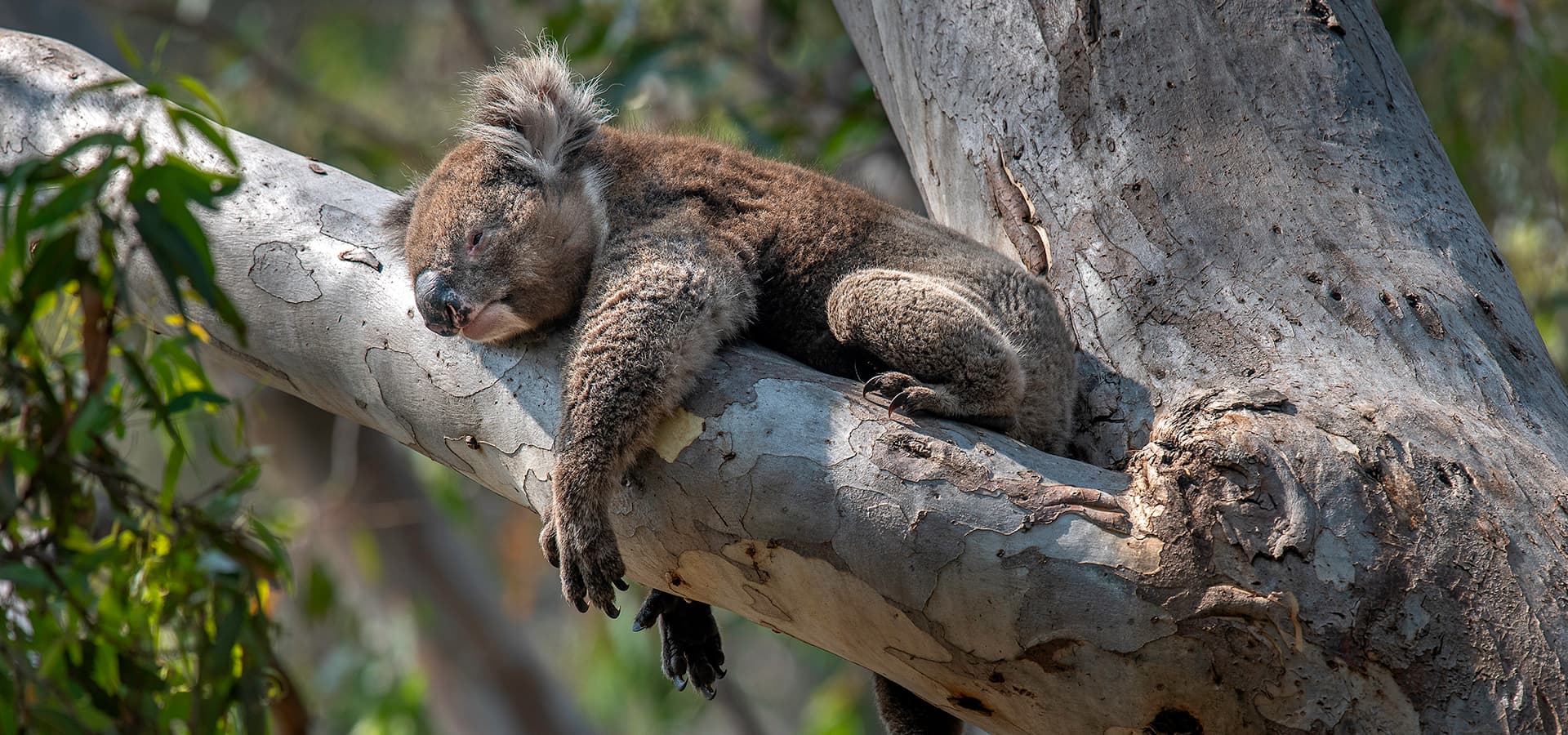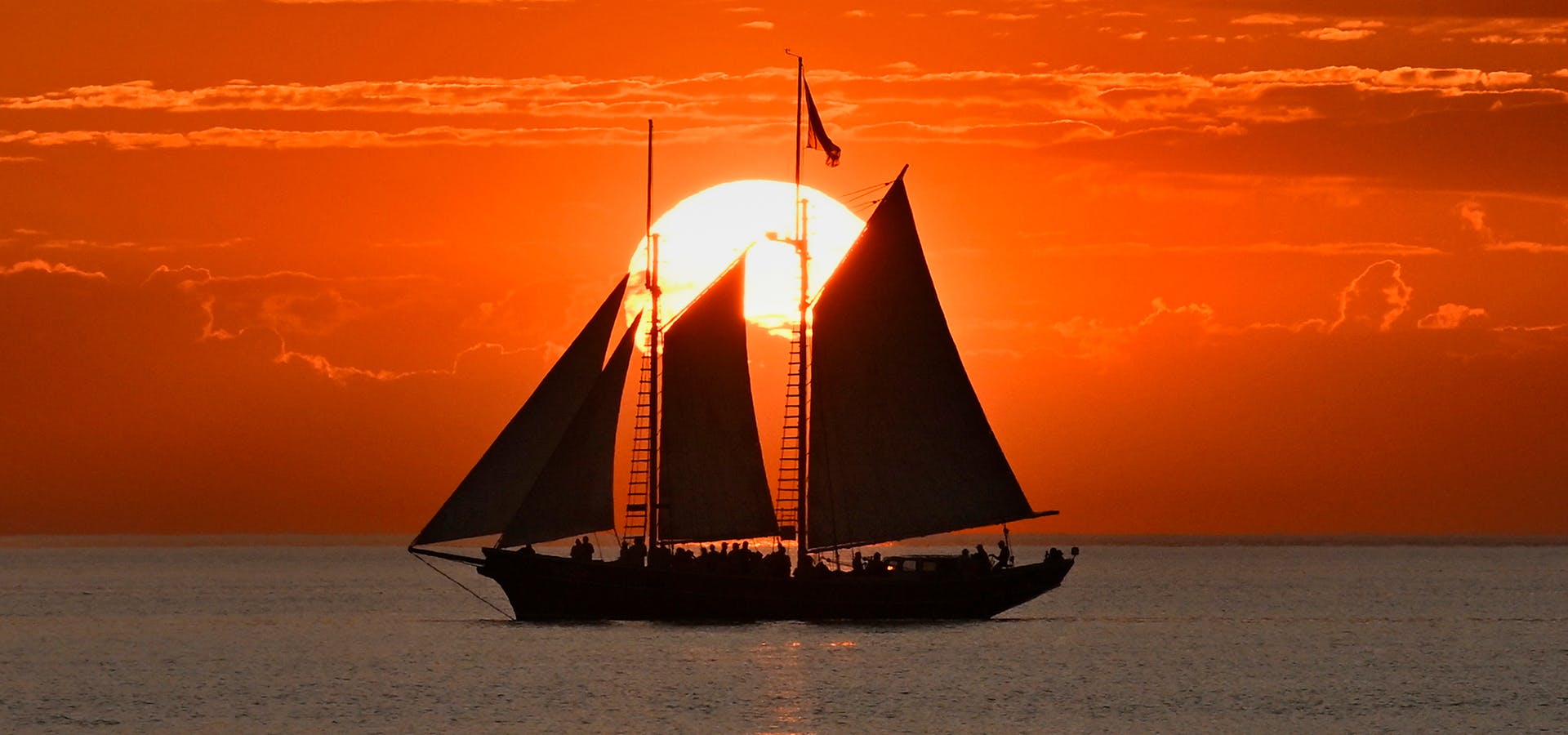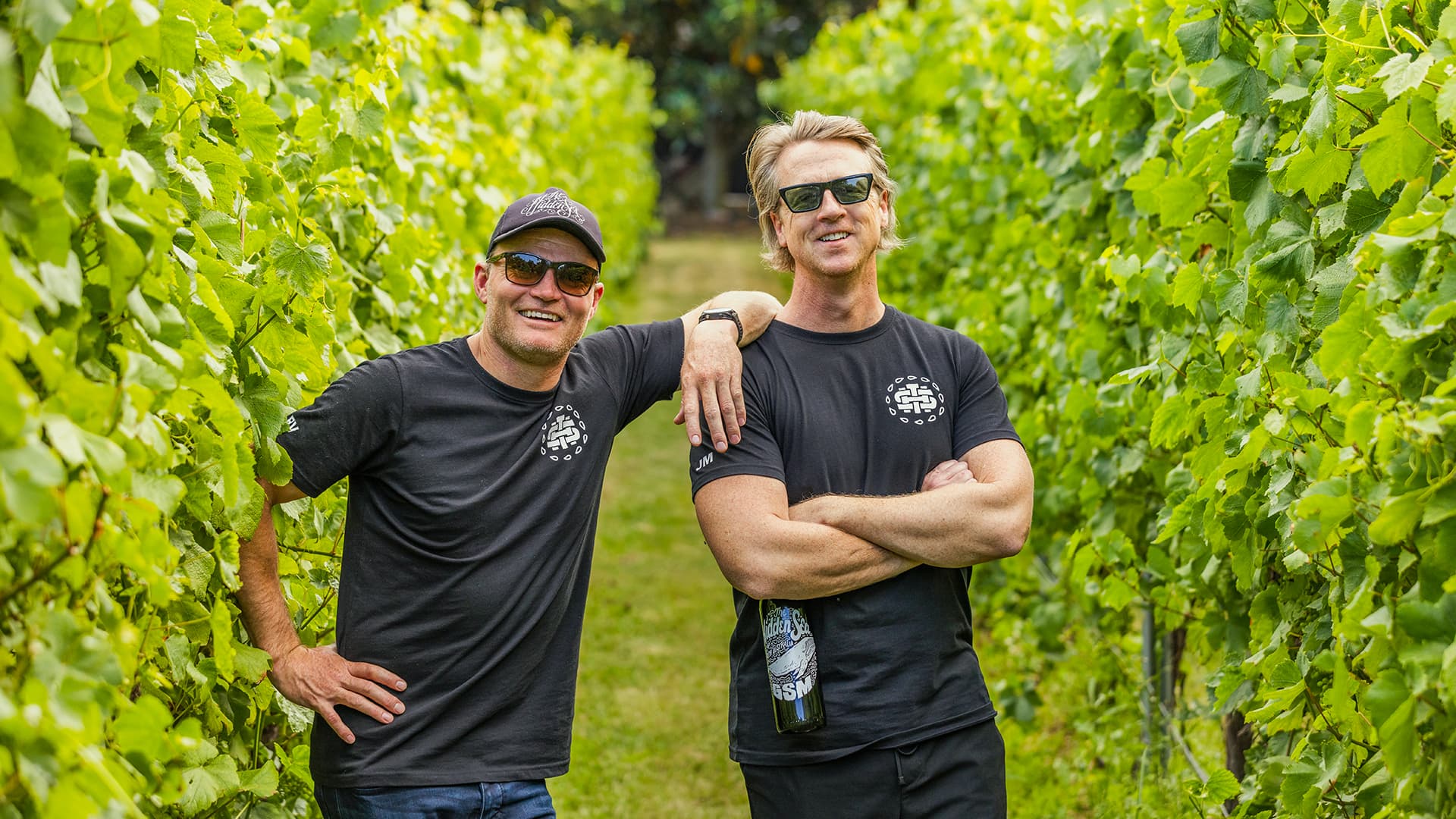Captain Matthew Flinders (1774–1814) of the HMS Investigator was the first European to step foot on the island he named Kangaroo after encountering the endemic subspecies of the western grey marsupial in 1802.
The island off the southern coast of Australia also has the largest remaining natural population of Tammar Wallabies in the country as well as a large koala population, the latter arriving more than a century after the Royal Navy caption.

Unlike the kangaroos and wallabies, koalas are not indigenous to the island which has been separated from the mainland for the last 10,000 years. In the 1920s a ship carrying 18 koalas arrived on the shores of KI in one of Australia’s earliest conservation efforts. The off-loaded koalas entered a new world, one that was free of knife-wielding mainland men eager to relieve them of their pelts. These particular koalas were also free of chlamydia, a disease that has since devastated mainland populations.

In the century since, the koalas of KI have not only survived but proliferated to the point where they were in danger of outgrowing their favorite food source, a type of Eucalyptus called manna gum. As one of Australia’s most important natural wildlife habitats, renowned for its biodiversity, a sterilization, contraception and translocation program was adopted which included moving 3,800 koalas to their historic range in the southeast of South Australia, making it one of the largest fertility control projects in the world. Then in late December 2019 bushfires began that would devastate much of the island.
Thanks to first responders from throughout the country as well as islanders, many human and animal lives were saved. The fires fortuitously burned around the Kangaroo Island Wildlife Park which was quickly converted into a triage center for rescued animals, especially injured and orphaned koalas. On the other side of the island the 5000-acre Hanson Bay Wildlife Sanctuary was not as lucky but will reopen for tours in September 2023.
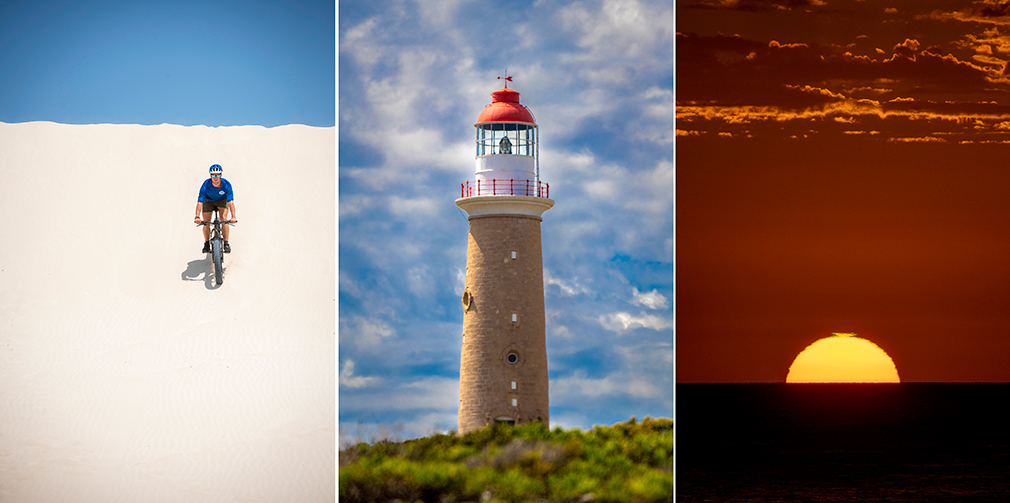
Kangaroo Island has rebounded to a point where visitors can take advantage of all this southern oasis, often referred to as both Australia’s Galapagos and Australia’s Ark, has to offer. Kangaroo Island Odysseys has a number of insightful wildlife and holiday tours. The company specializes in small group eco-friendly wildlife and food and wine touring.
While early explorers had to reach the island by ship and most people still reach the island by ferry, modern-day explorers have a choice. One option is to connect a flight into South Australia’s capital Adelaide onto a turboprop operated by Qantas for the 82-mile flight into KI’s Kingscote Airport where a rental car can be picked up (the steering wheel is on the left as is the side of the road to drive on) then return to the mainland on a SeaLink Ferry to explore Adelaide as well as its award-winning surrounding wine country.
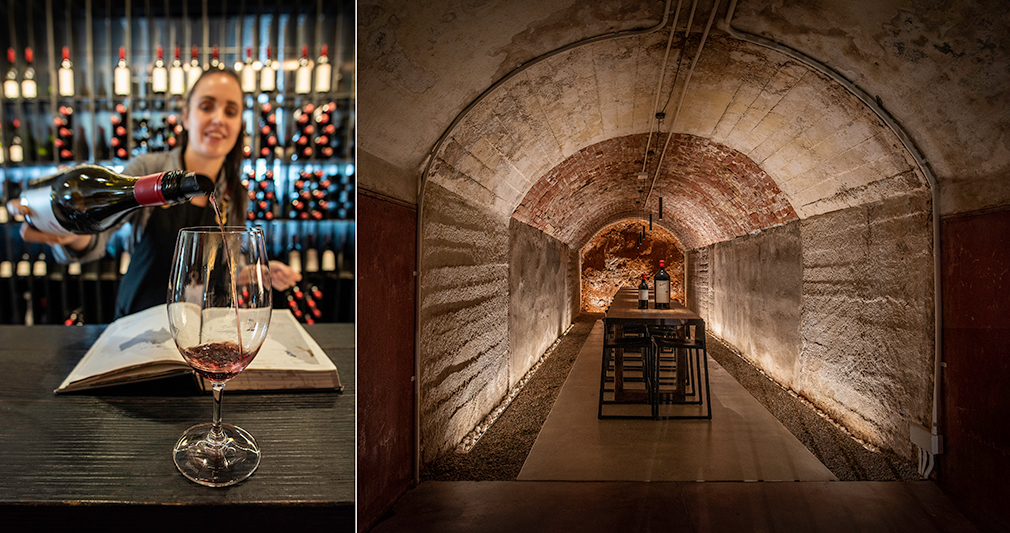
Named in honor of Queen Adelaide, the city was founded in 1836. Within a decade Penfolds was established five miles from the city center. The company has evolved into one of Australia’s most famed and respected winemakers.
Almost all of the state of South Australia is “wine country” with a variety of tours and tour operators focusing on various regions. Day tours for instance from Taste the Barossa pick up their clients from Adelaide hotels in the morning and drop them off well fed and infused at the end of the day.
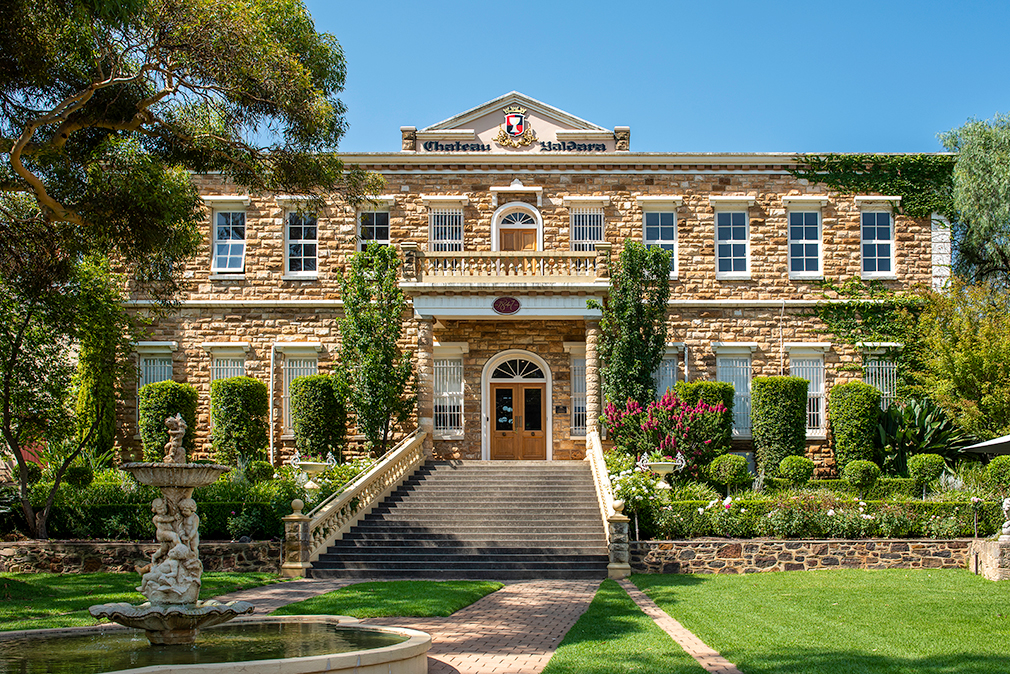
Adelaide’s proximity to world-class wine as well as being home to a multicultural gourmet food and cafe culture has made it an epicurean destination while its support for the arts through festivals including the Adelaide Festival and the Adelaide Fringe Festival has put the city on the art map.
Travel Tip: Citizens from a number of countries including the United States are eligible for an electronic visa. Keep in mind when filling out the online form via an App that the Yes and No answers to the questions asked are in reverse order to forms in many other countries.




